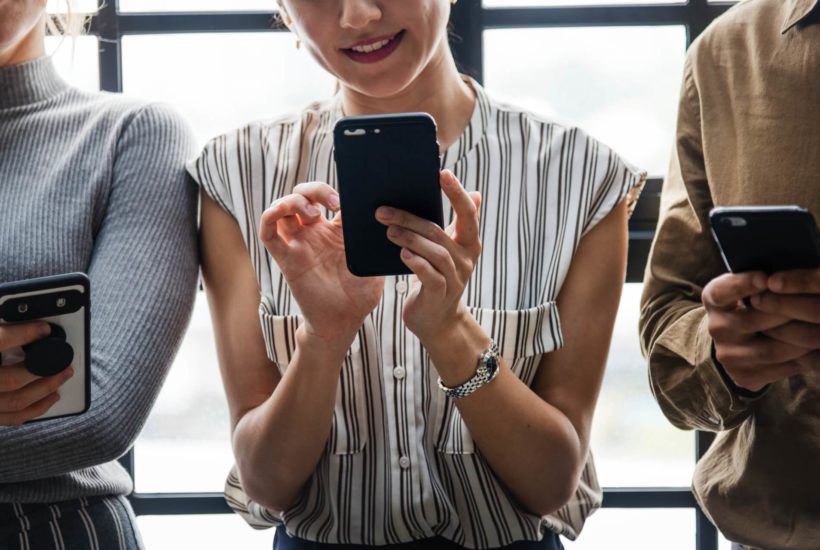Business
Want to be more productive? Give in to your biggest distraction
Productive people make it look so easy.

They keep social media activity to a minimum, batch their emails, wake up at 5:30 a.m., and go for a quick jog every day. When asked why they do it, they can recite every stat in the book:
But they all work and no play routine always left me wondering: Shouldn’t there be a time in our days intended for distraction? Shouldn’t we be able to dedicate a few minutes here and there to the things that give us a rush of dopamine, while still getting our tasks done?
After some research, it turns out that if we schedule a time for our favorite distraction, it can help us become more productive in the long run because we lose the urge to recklessly act on that time waster. This idea actually has a whole strategy dedicated to it: the Theory of Constraint.
The theory states that once you identify your biggest distraction, you can schedule it as part of your day, making it crucial to your routine versus something that ruins your time management.
Did you lose five hours to mindless Facebook scrolling yesterday? Start putting the Theory of Constraint into action by following the three-step process below. Remember, a chain is only as strong as its weakest link—let’s make our distractions our strengths.
1. Identify your #1 distraction.
Take a hard look at your day and identify the time waster that holds you back from being productive. For me, it’s Twitter. A coworker of mine can get lost in email while another colleague can’t resist reading a great blog post … or 15.
What’s your biggest distraction? If you’re not sure, here are some common ones:
-
Coworkers
-
Social media
-
Long lunches
-
Meetings
-
Email
-
“Just for fun” Google searches

It’s important to be able to identify what keeps you distracted. It can be anything from your coworkers to social media. (Source)
2. Make this time waster part of your day.
You schedule meetings, reminders, and time for creative tasks in your calendar. Why not schedule 15 minutes to grab coffee with a friend, read blog posts, or check social media?
According to Ron Friedman, if we direct all of our energy on work without giving ourselves a chance to rest, we become vulnerable to more distractions. But by making the time waster part of our day, we can give ourselves a break while still staying on schedule.
In addition, a 2011 study from the University of Illinois found when we give into our distraction and then return to our work we experience what’s called goal reactivation. Basically, you return to your task refreshed and refocused. Distractions FTW!
3. Schedule everything else.
After you’ve identified your weak point and set aside time for that distraction, schedule the rest of your day. Each block on your calendar should be allocated to one task and one task only.
Why do we need to schedule our tasks? According to Buffer, having a clear schedule in place improves productivity. Including the distraction as part of your day-to-day responsibilities will prevent you from losing sight of the task at hand and becoming, well, distracted. That’s the basis of the Theory of Constraint: Find what’s constraining you, and turn it on its head.
Like you, I hope to one day be as productive as some of the people I work with. And with this plan in mind, I think I will be—without giving up my favorite distraction. If you like to grab coffee with friends, keep doing it. If long lunches are your thing, by all means, take them. But just know that you have to give yourself a schedule (and put your distraction on it) to stay locked in.
Follow these three steps to stay productive—and distracted—at the same time.
—
This article was written by Mike Renahan for Hubspot.

-

 Business1 week ago
Business1 week agoPrecious Metals’ Bull Market Continues
-

 Africa1 week ago
Africa1 week agoOil Dependence and Economic Resilience: Morocco’s Path to Sustainable Growth
-

 Biotech2 weeks ago
Biotech2 weeks agoEFPIA Calls for Clearer AI Governance to Safely Transform Drug Development
-

 Africa3 days ago
Africa3 days agoBantuHub and L’Archer Group Partner to Invest €1 Million in Congolese Startups

























